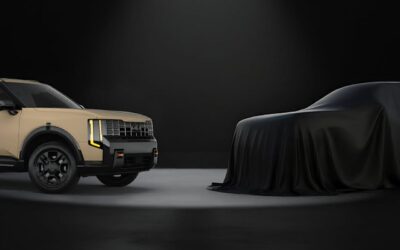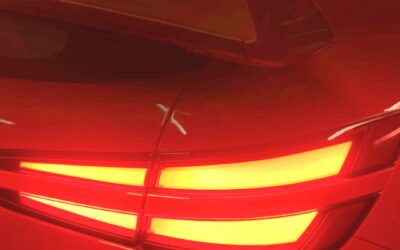Kia’s electric van, the PV5, has recently been spotted undergoing testing in California by our colleagues at KindelAuto — a strong signal that the automaker might be considering bringing the vehicle to the U.S. market. With growing demand for EVs, especially in commercial, ride-sharing, and fleet sectors, the PV5 could fill an important niche. But several regulatory, economic, and strategic hurdles remain. This article explores what we know, what this sighting suggests, and how likely a U.S. launch really is.
What Is the Kia PV5?
Before diving into the U.S. possibility, here are the basics about the Kia PV5:
- The PV5 is a Purpose-Built Vehicle (PBV) built by Kia on its new E-GMP.S (service) platform.
- It comes in multiple body types: passenger version, cargo van, chassis cab, wheelchair accessible (WAV), and even concept bodies like “Light Camper,” “Open Bed,” and “Robotaxi” variants.
Battery options include a 51.5 kWh or 71.2 kWh pack in many models; a smaller 43.3 kWh option (using a different battery chemistry) is available for the cargo variant. Top range in European WLTP measurement is about 248 miles for the passenger version with the larger battery. Under U.S./EPA conditions, that may translate to less.
What the California Spotting Means
The recent sighting of the PV5 being tested in California (and Arizona) provides several clues:
- Regulatory & environmental tests
California is known for demanding environmental performance (heat, emissions, battery cooling, etc.), so testing here suggests Kia is validating the vehicle under stringent conditions. - Charging infrastructure compatibility
Charging behavior (port types, thermal management during charging) is often tested under real U.S. conditions in these regions. Spotting in California suggests Kia may be ensuring compatibility with U.S. EV charging norms. - Market signal
Automakers often test where they plan to sell. A test in California is often a signal of intent, or at least an assessment of feasibility. Nevertheless, a spotting by itself is not confirmation of a launch. Kia has not officially confirmed U.S. availability.
Key Challenges to U.S. Launch
Even with the PV5 in testing, there are significant obstacles that could delay, limit, or even preclude a full U.S. rollout. Here are the main ones:
- Tariffs / Import Duties
The U.S. imposes high tariffs on imported light trucks and commercial vans — colloquially known as the “Chicken Tax” (25%). Because the PV5 is categorized as a van/PBV, this tariff could apply heavily. - Regulatory Approval
To sell in the U.S., the vehicle must meet federal safety and emissions/energy efficiency regulations (NHTSA, EPA, CARB in California). Adapting a vehicle made for European and Korean standards to U.S. regulations can require redesigns or modifications, which add cost and delay. - Battery & Range Certification
U.S. EPA ratings tend to be more conservative than European WLTP numbers. What Kia claims as 248 miles WLTP may come down when converted to EPA range. Consumers may also expect robust charging performance (fast DC charging, etc.). - Incentives & Tax Credits
Policies such as the U.S. Inflation Reduction Act (IRA) have rules about domestic sourcing, battery components, and final assembly. If the PV5 doesn’t meet certain criteria, it might not qualify for incentives available to consumers, which could hurt competitiveness. - Production & Supply Chain
Currently, the PV5 is produced in South Korea. Unless Kia invests in local manufacturing or establishes import plans that mitigate tariffs, the cost structure may make it difficult to price competitively in the U.S.
Conclusion
The sighting of Kia PV5 units being tested in California is no coincidence — it likely marks a step in assessing U.S. readiness. While a full consumer launch is not confirmed, all signs point to 2026 as a likely window, especially for commercial applications. That said, tariffs, regulation, and pricing remain the biggest challenges.





